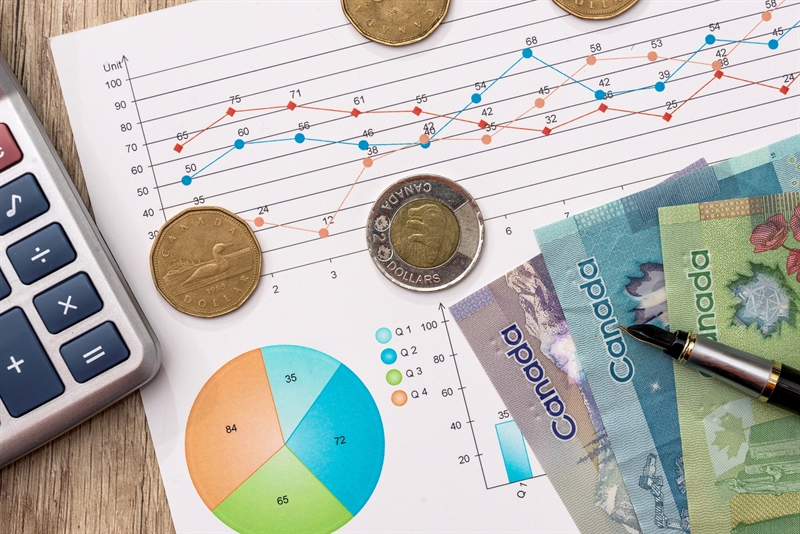Proactive record keeping is a must if your company is claiming SR&ED tax credits. Keeping contemporaneous, organized documentation from the very start will help ensure your SR&ED claim goes without a hitch.
Filling in Form T661
Good records will make it that much easier to fill in the T661 form used to claim your SR&ED tax credits.
An expert consultant like Canadian SR&ED can support you in filling in Form T661. Contact us to find out more.
A review of your SR&ED claim
The Canada Revenue Agency (CRA) reviews some SR&ED claims. They may ask to come and visit your site, or they may book a virtual meeting to get further details. Your company may have to provide supporting documentation and records to help the CRA understand your research work and how you calculated the expenses incurred.
What documents should my company keep to support an SR&ED claim?
The nature of the evidence that supports your SR&ED claim will obviously depend on which sector you’re in, and on the type of project work you’re making the claim for. But as a rule, the CRA may ask to see documentation that shows:
- the work that was done
- the people involved in the R&D work
- when the work took place
- expenditures calculations
The CRA prefers documentation that is signed, dated and specific.
Examples of documents that provide evidence for an SR&ED claim include:
- minutes of project meetings
- whiteboard drawings
- progress reports
- final project report or publication
- scrap records
The CRA may want to see documentation relating to experimental work, such as:
- experiment designs
- laboratory notebooks
- test protocols
- data and results
- analysis and conclusions
Records will typically include financial papers too, showing what allowable expenses you incurred while carrying out the work. Examples of financial documents that support an SR&ED claim include:
- accounts
- resourcing records, including time sheets and payroll records
- invoices and proof of payment
- time sheets that support wages and salaries for employees doing SR&ED work
In some cases, your organization’s provincial or territorial income tax returns may be relevant to your claim.
As well as written accounts, your records might include photographs and videos, or even prototypes and samples, and computer code.
What are some other benefits of keeping timely records?
Proactive records that are maintained throughout the work are more likely to be accurate, reducing the chance of errors in your claim. Contemporaneous records are particularly important in environments where both SR&ED and commercial work are taking place simultaneously.
Should the CRA decide that it needs to review your claim to substantiate it, good records will smooth the process and reduce the chances that your claim gets rejected.
Getting your recordkeeping right from the start
Using the services of an SR&ED adviser like Canadian SR&ED will ensure that your company’s records are well organized, timely and accurate. We can also advise if you are unsure about your evidence.
Book a call to find out how an SR&ED accountant will streamline your recordkeeping.

Soutenir les entreprises qui contribuent au monde grâce à la R-D